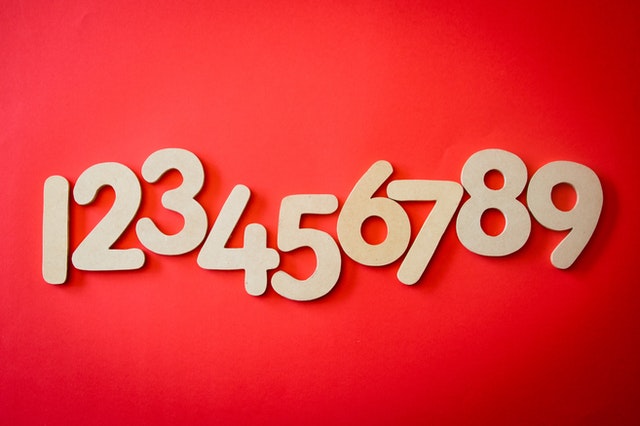
Place value is an extremely important concept that is taught as early as kindergarten. As students learn about larger numbers, the concept of place value continues throughout the middle grades. Place value refers to the value of the digit based on its position and can be a difficult concept for young learners to grasp, but understanding this idea is essential for learning math.
What Is Place Value?
Place value refers to the value of each digit in a number. For example, the number 753 has three “places”—or columns—each with a specific value. In this three-digit number, the 3 is in the “ones” place, the 5 is in the “tens” place, and the 7 is in the “hundreds” place.
In other words, the 3 represents three single units, so the value of this number is three. The 5 is in the tens place, where values increase by multiples of 10. So, the 5 is worth five units of 10, or 5 x 10, which equals 50. The 7 is in the hundreds place, so it represents seven units of 100, or 700.
Young learners grapple with this idea because the value of each number is different depending on the column, or place, in which it resides. Lisa Shumate, writing for the website of Demme Learning, an educational publishing company, explains:
“Regardless of whether dad is in the kitchen, the living room, or the garage, he is still dad, but if the digit 3 is in different locations (tens or hundreds place, for example), it means something different.”
A 3 in the ones column is just 3. But that same 3 in the tens column is 3 x 10, or 30, and the 3 in the hundreds column is 3 x 100, or 300. To teach place value, give students the tools they need to grasp this concept.
Base 10 Blocks
Base 10 blocks are manipulative sets designed to help students learn place value with blocks and flats in various colors, such as small yellow or green cubes (for ones), blue rods (for tens), and orange flats (featuring 100-block squares).
For example, consider a number such as 294. Use green cubes for ones, blue bars (which contain 10 blocks each) to represent 10s, and 100 flats for the hundreds place. Count out four green cubes representing the 4 in the ones column, nine blue bars (containing 10 units each) to represent the 9 in the tens column, and two 100 flats to represent the 2 in the hundreds column.
You don’t even have to use different-colored base 10 blocks. For example, for the number 142, you would place one 100 flat in the hundreds place, four 10-unit rods in the tens column, and two single-unit cubes in the ones place.
Place Value Charts
Use a chart like an image atop this article when teaching place value to students. Explain to them that with this kind of chart, they can determine place values for even very large numbers.
For instance, with a number such as 360,521: the 3 would be placed in the “Hundreds of Thousands” column and represents 300,000 (3 x 100,000); the 6 would be placed in the “Tens of Thousands” column and represents 60,000 (6 x 10,000); the 0 would be placed in the “Thousands” column and represents zero (0 x 1,000); the 5 would be placed in the “Hundreds” column and represents 500 (5 x 100); the 2 would be placed in the “Tens” column and represents 20 (2 x 10), and the one would be in the “Units”—or ones—column and represents 1 (1 x 1).
Using Objects
Make copies of the chart. Give students various numbers up to 999,999 and have them place the correct digit in its corresponding column. Alternatively, use different-colored objects, such as gummy bears, cubes, wrapped candies, or even small squares of paper.
Define what each color represents, such as green for ones, yellow for tens, red for hundreds, and brown for thousands. Write a number, such as 1,345, on the board. Each student should place the correct number of colored objects in the corresponding columns on her chart: one brown marker in the “Thousands” column, three red markers in the “Hundreds” column, four yellow markers in the “Tens” column, and five green markers in the “Ones” column.
Rounding Numbers
When a child understands place value, she is usually able to round numbers to a specific place. The key is understanding that rounding numbers are essentially the same as rounding digits. The general rule is that if a digit is five or greater, you round up. If a digit is four or less, you round down.
So, to round the number 387 to the nearest tens place, for example, you would look at the number in the ones column, which is 7. Since seven is greater than five, it rounds up to 10. You can’t have a 10 in the ones place, so you would leave the zero in the ones place and round the number in the tens place, 8, up to the next digit, which is 9. The number rounded to the nearest 10 would be 390. If students are struggling to round in this manner, review place value as discussed previously.